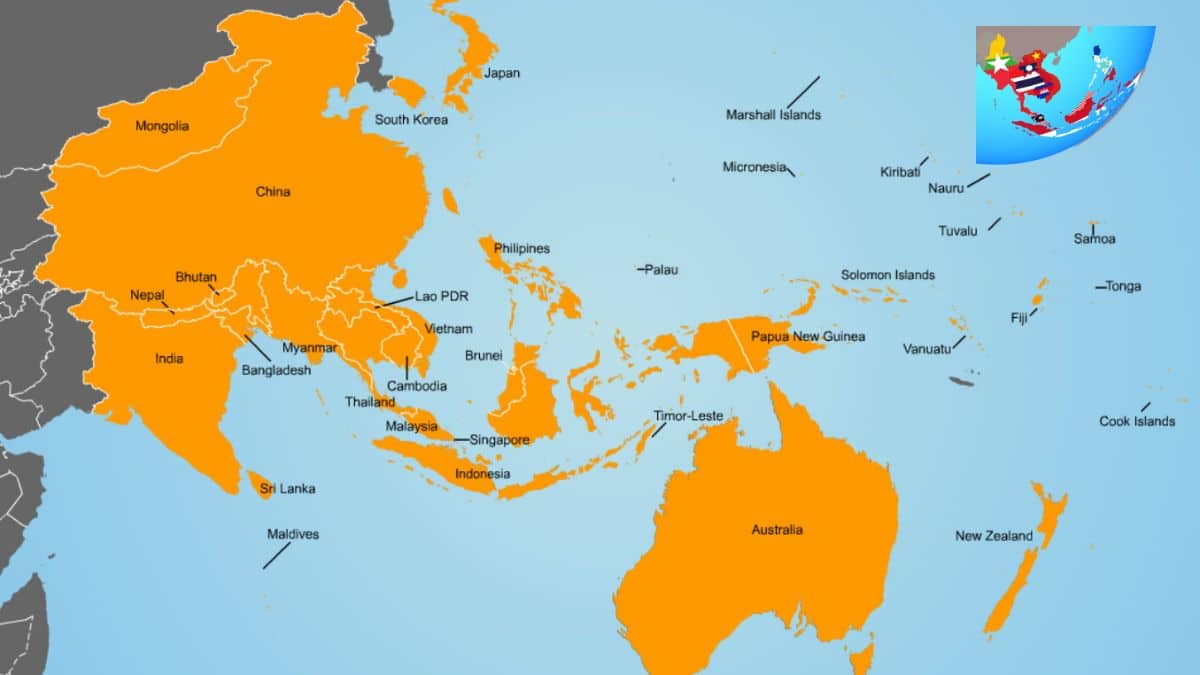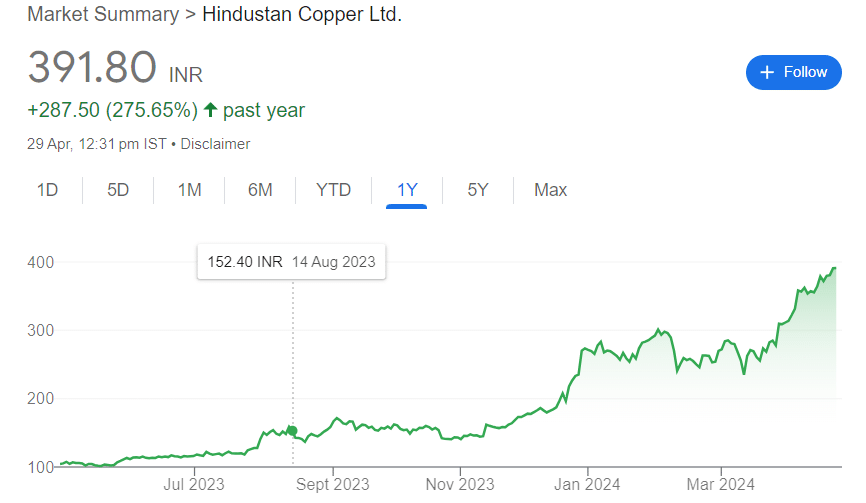Fertility in the Asia-Pacific region: Exploring the rapid transformation of fertility and demographic aging in the Asia-Pacific region over 50 years, revealing profound societal implications and the need for proactive policy responses.
Table of Contents
Introduction: Fertility in the Asia-Pacific Region
In the span of just half a century, the landscape of fertility in the Asia-Pacific region has undergone a profound transformation, reshaping demographic patterns and challenging traditional notions of family structure and population dynamics. What was once a region characterized by high fertility rates and youthful populations has evolved into a landscape where below-replacement fertility levels are becoming the new norm, accompanied by a significant increase in the number and proportion of older adults. The journey from a fertility hotspot to a region grappling with demographic aging offers valuable insights into the complex interplay of social, economic, and cultural factors shaping population trends.
also read: Negotiation Skills For Managers: Essential Skills for Effective Managers
Fertility in the Asia-Pacific Region: An Overview
In 1970, Japan stood alone as the sole country in the Asia-Pacific region with replacement-level fertility, marking a departure from the prevailing high-fertility norm observed in neighboring countries. Over the ensuing decades, however, a cascade of demographic shifts swept across the region, as countries such as South Korea and Thailand joined Japan in achieving fertility rates at or below replacement level by 1990. This initial wave of change heralded a broader trend towards declining fertility rates, with 15 countries in the region recording replacement or below-replacement fertility levels by 2022, signaling a remarkable departure from past norms.
Driving Force For Low Fertility in the Asia-Pacific Region
- The transition to below-replacement fertility has been swift and far-reaching, driven by a combination of factors ranging from socioeconomic development and urbanization to changing attitudes towards family size and women’s empowerment. The total fertility rate (TFR), a key measure of fertility levels, witnessed a notable decline across the region, with many countries experiencing a reduction of three or more children per woman between 1970 and 2022. This shift has not only altered the age structure of populations but also contributed to a significant increase in the proportion of older adults relative to younger age groups.
- The rise of older adults in the Asia-Pacific region represents a dual phenomenon shaped by demographic momentum and improvements in longevity. The aging population is fueled by larger cohorts of individuals born during periods of higher fertility rates, coupled with declining mortality rates that have extended life expectancy. Consequently, the absolute number of older adults in the region has surged, increasing from 77 million in 1970 to a staggering 435 million by 2023, marking a nearly six-fold rise over five decades.
- This demographic transition carries profound implications for societies across the Asia-Pacific region, spanning economic, social, and healthcare domains. The shift towards below-replacement fertility has implications for labor markets, as shrinking working-age populations pose challenges for sustaining economic growth and supporting social welfare systems. Furthermore, the increasing proportion of older adults places strains on healthcare systems and social services, necessitating proactive measures to address the needs of aging populations.
- In confronting the realities of demographic aging and declining fertility, policymakers and stakeholders in the Asia-Pacific region are tasked with navigating a complex landscape characterized by shifting population dynamics and evolving societal expectations. Addressing the multifaceted challenges posed by demographic transition requires a holistic approach that encompasses policies promoting gender equality, family-friendly workplace practices, and investments in healthcare infrastructure and social support systems.
Conclusion: Fertility in the Asia-Pacific Region
As the Asia-Pacific region grapples with the repercussions of fertility decline and population aging, it stands at a crossroads of demographic transformation, presenting both opportunities and challenges for shaping the future trajectory of societies. By understanding the drivers and implications of these demographic shifts, policymakers can chart a course towards sustainable development and inclusive growth, ensuring that the needs of all segments of society are met in an era of profound demographic change.
Sourced Article: Fertility in the Asia-Pacific Region
| Like the United States and Europe, the Asia-Pacific Region Is Experiencing Low Fertility and Population Aging |










